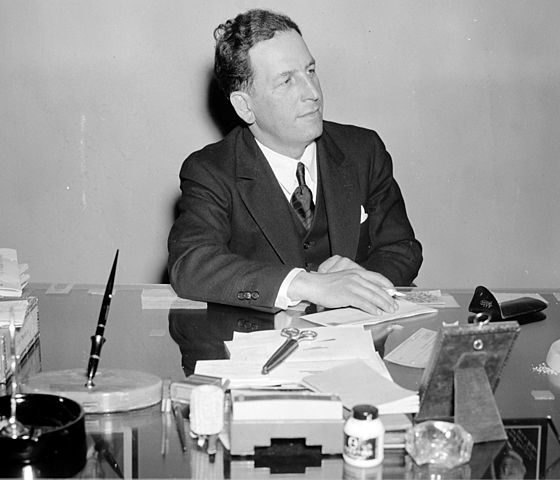In Monitor Patriot Co. v. Roy, 401 U.S. 265 (1971), the Supreme Court affirmed that the standard for judging whether a newspaper article constitutes defamation is the actual malice standard set forth by the Court in its landmark decision in New York Times Co. v. Sullivan (1964).
Judge told jury to look at whether the article focused on official or private conduct
Just prior to the Democratic primary election in New Hampshire, the Monitor Patriot Co. published a newspaper article charging that Alphonse Roy, a political candidate, was a “former small-time bootlegger.” Roy lost the election and sued the newspaper and its distributor for libel. The judge instructed the jury to decide whether the article focused on Roy’s “official” as opposed to his “private” conduct, and the jury returned a verdict against the paper. The state supreme court affirmed, but the U.S. Supreme Court reversed and remanded the case.
Court ruled that running for public office made one a public figure; remanded case for new proceedings
In the Court’s majority opinion, Justice Potter Stewart reviewed the trial judge’s instructions to the jury. He decided that anyone running for public office was a “public figure,” and the information about him was public in nature. Stewart observed that “a charge of criminal conduct, no matter how remote in time or place, can never be irrelevant to an official’s or a candidate’s fitness for office for purposes of application of the ‘knowing falsehood or reckless disregard’ rule of New York Times Co. v. Sullivan.” The Court accordingly ordered the case remanded for proceedings consistent with this standard.
In a concurring opinion that he filed in the companion case of Ocala Star-Banner Co. v. Damron (1971), Justice Byron R. White noted that the Court sometimes had to allow falsehood to be published so as not to restrict the truth. Although he concurred in the immediate result, Justice Hugo L. Black, joined by William O. Douglas, dissented from the thought that the Court should allow any libel prosecutions to proceed under the First Amendment.

